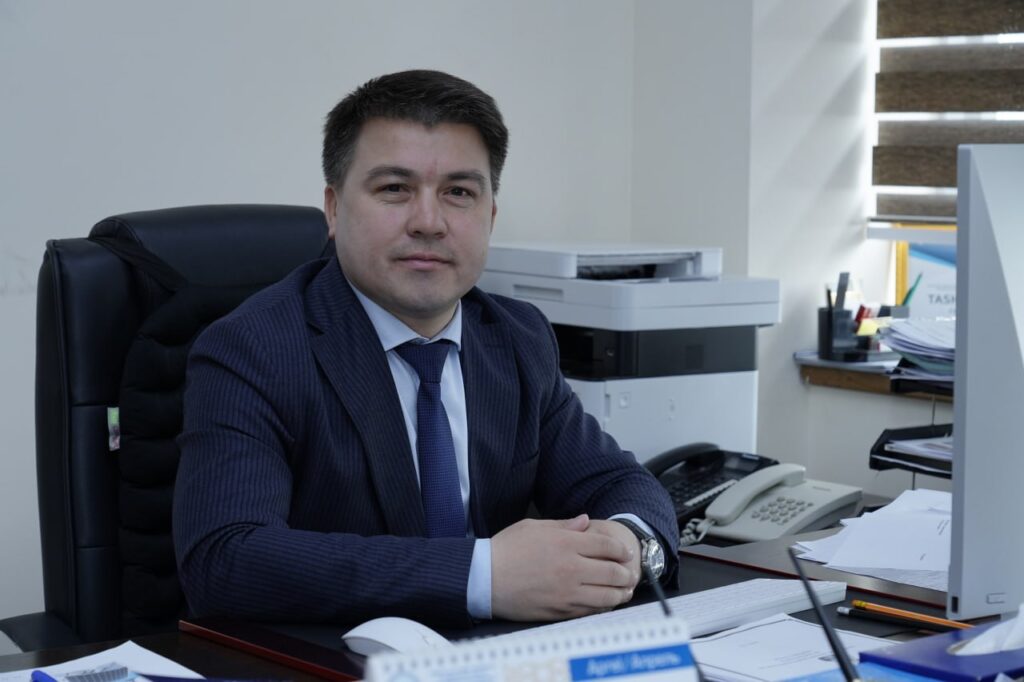THE PHENOMENON OF POLYPREDICATIVITY IN COMPLEX SYNTACTIC CONSTRUCTIONS OF CHINESE AND UZBEK LANGUAGES
##semicolon##
https://doi.org/10.69617/nuuz.v1i1.2.6420##semicolon##
predicate, participle, independent word, phrase, tense, person, intonation, sentence, microtext.Abstrak
The phenomenon of predicativity has been interpreted in linguistics for many years. However, despite this, the opinions expressed in this area are not general. In most works on grammar, predication is understood as a participle, and therefore it is emphasized that this phenomenon takes place only within a sentence. In recent decades, scientists have been paying increasing attention to polypredicative sentences. The term "polypredicative sentence" has become established both in theoretical works and in teaching practice. A polypredicative construction consists of predicative units that have the formal and semantic organization of a simple sentence, but do not have the main property of a communicative unit - semantic completeness. A complex sentence as a whole has this property, which brings it closer to a simple sentence that functions as a separate utterance. In written speech, a complex sentence, like a simple one, is separated from neighboring sentences by a period or a question or exclamation mark, which signal that it constitutes a separate communicative unit. In oral speech, the communicative completeness of a complex sentence is conveyed by intonation [Beloshapkova, 1991, 811-812]. A polypredicative sentence is a complex sentence that consists of several parts that are similar in form to simple sentences, but form a single whole in meaning, construction and intonation. The structure of a polypredicative sentence is varied. The parts of a polypredicative sentence are connected on the basis of union connections of subordination and composition, therefore polypredicative sentences are divided into complex and compound.
##submission.citations##
Turniyazova Sh. Hozirgi zamon oʼzbek tilida matn shakllanishining derivatsion xususiyatlari. Nomz. dis. Toshkent, 2010.98-bet.
Пешковский А.М. Русский синтаксис в научном освещении. Изд.5-е.-М., 1935.-С.152.
Виноградов В.В. Исследования по русской грамматике.-М.,1975.-С.267-268.
Степанов Ю.С. Основы общего языкознания. - М.,1975.-С.134.
Xayrullaev X.Z. Soʼz, Soʼz birikmasi va gapning predikativlikka munosabati// Nomzodlik dis. avtoreferati .- Toshkent, 2001.
Turniyazova Sh. Hozirgi zamon oʼzbek tilida matn shakllanishining derivatsion xususiyatlari. Nomz. dis. Toshkent, 2010.99-bet.
Turniyazova Sh. Koʼrsatilgan ish, 100-bet.
Turniyazova Sh. Koʼrsatilgan ish, 101-bet.
Qarang: Xayrullaev X.Z. Koʼrsatilgan ish, 20- bet.
Qarang: Turniyazova Sh. N. Hozirgi oʼzbek tilida matn shakllanishining derivatsion xususiyatdari. Monografiya. Toshkent: 2016. 87-b.
Ли Ц. С. Грамматика китайского языка / Ц. С. Ли. – Пекин: Изд-во Коммерческая пресса, 2000.
Люй Шу-сян. Очерк грамматики китайского яз. М., Издательство “Наука”, 1965.
Turniyazova Sh. Hozirgi zamon oʼzbek tilida matn shakllanishining derivatsion xususiyatlari. Nomz. dis. Toshkent, 2010.
Пешковский А.М. Русский синтаксис в научном освещении. Изд.5-е.-М., 1935
Xayrullaev X.Z. Soʼz, Soʼz birikmasi va gapning predikativlikka munosabati// Nomzodlik dis. avtoreferati .- Toshkent, 2001
外国人实用汉语语法。北京语言大学出版社。2007 年
В.И.Горелов. Грамматика китайского языка. – М.: Просвещение, 1982
Ғаффоров А.А. Ҳозирги ўзбек тилида парцелятив ва илова қурилмаларнинг синтактик деривацияси. Номзодлик диссертацияси. – Самарқанд, 1997




.jpg)

.png)


